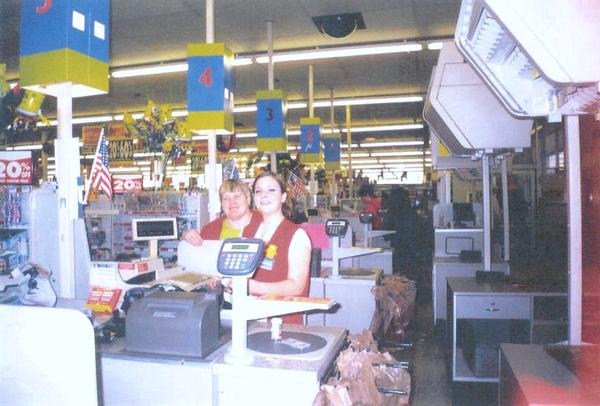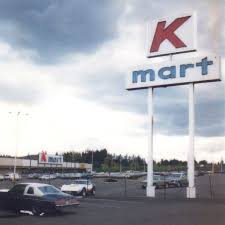
In the early 1980s Kmart came to the realization they needed to upgrade the cash register technology in the stores across the chain. A good majority of the stores in the Kmart chain were still running with NCR Model 5 mechanical cash registers into the 1980s and they were already at their end of life. At the time, Kmart had two separate initiatives in place to develop scanning technology for its stores. One group was working with NCR on their scanning system technology (presumably NCR 255/NCR 2552), another group was developing a system using IBM Series/1 Technology.
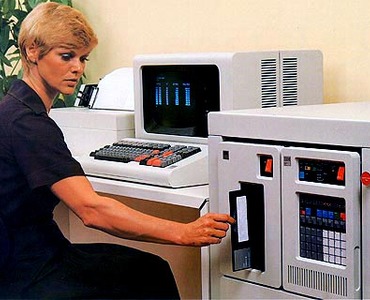
Neither group was having much success and in 1985, Kmart hired David Carlson as the new Vice President of Merchandising Systems. David Carlson had previously worked for Data Terminal Systems.
While neither the NCR nor IBM systems were meeting the Kmart’s expectations, the IBM Series/1 solution was quickly abandoned. The IBM approach had been designed using a new proprietary system called “KIN”, or Kmart Information Network, and placed the vast majority of the transactional processing on the solo Series/1 system, which was overseeing the activities of 25 IBM point of sale terminals. The terminal of choice was the IBM 3683 (originally released in the very late 1970s), and while the 3683 was a very capable point of sale terminal for the time, it’s local processing power was substantially disabled in the KIN environment and the processing was left to the lone Series/1 system at the store. If the IBM Series/1 went down, the point of sale system for the entire store went down. Mr. Carlson deemed this approach unacceptable.
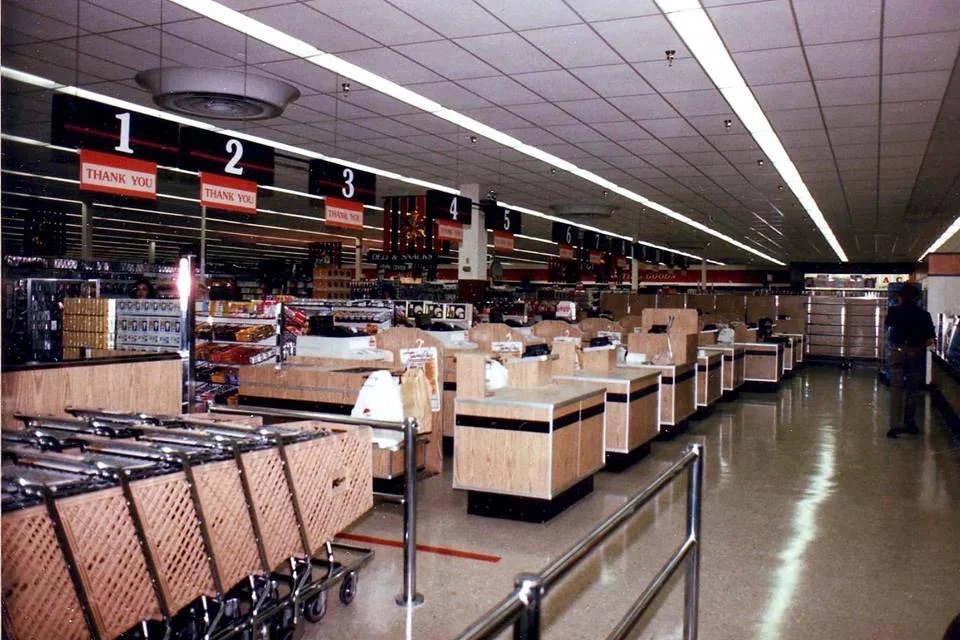
Work continued with NCR on the other project, but eventually it was determined that it would take far too much development time (measured in “development years”) to bring a viable solution to fruition. Around this time, it was in the mid 1980s, IBM had released the affordable PC-AT computer platform. The IBM PC-AT solution was based on the new IBM PC platform with additional hardware to support point of sale terminals. It was determined that two IBM AT-based store controllers could provide a redundant solution for a Kmart location. A third party software company in North Carolina, Post Software International or PSI, developed scanning software that would work with the IBM PC AT-based store controllers and run on several different types of point of sale terminals. Kmart wanted to implement their software on IBM 4683s connected to the new PC AT-based store controllers, however, IBM would only sell Kmart 4683s if they ran with IBM’s own software solution (General Sales Application) on the controllers. David Carlson bargained with IBM and was able to get 25 IBM 4683s as a test platform to develop the PSI solution. Working with a third party systems integrator, the PSI system was successfully built, tested, and implemented. It was called PRISM, or Point of sale Retail Information Systems Management. Several types of hardware from different manufacturers could be used at the checkouts. Each hardware type of system had a unique identifier, for example a PRISM system running with IBM 3683s was called PRISM-3, IBM 4683, PRISM-4, etc.
Eventually the Kmart PRISM-x system would make it across the chain of stores. The majority of the PRISM code base worked across all the hardware variations employed by Kmart. It wouldn’t be unheard of to see one Kmart store running IBM 4683s at the checkouts, another running NCR registers, and a third running Fujitsu equipment. While I never saw a mix of point of sale terminals at the same Kmart location, there could be two Kmarts in the same city or town each running their own brand of checkout terminals. (Canadian store chain Zellers would occasionally have a mix on the same network, for example, IBM 4683 on register one, NCR on register two, all running the same software).
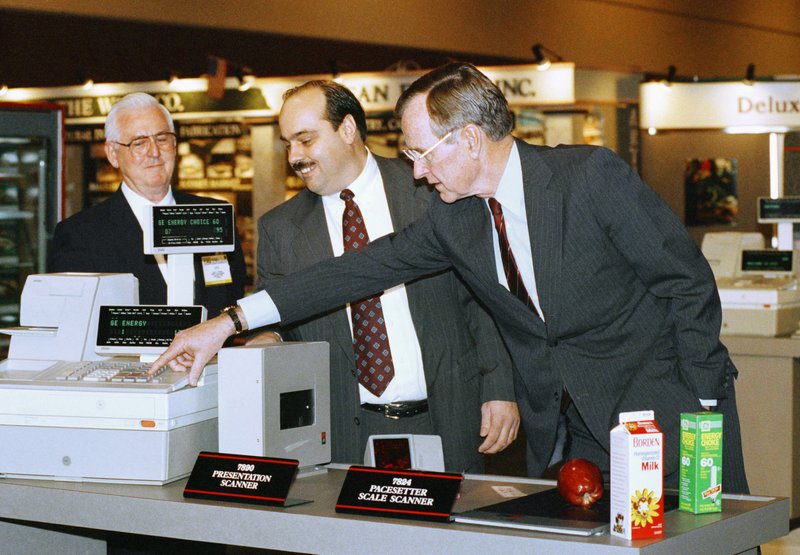
Here’s three receipts from different Kmarts in the 1990s all running the PSI software. Because I’m a dork, I can tell you, simply by the print on the receipts, that the first receipt came from an IBM 4683, the second came from an NCR cash register, and the third from a Fujitsu cash register.
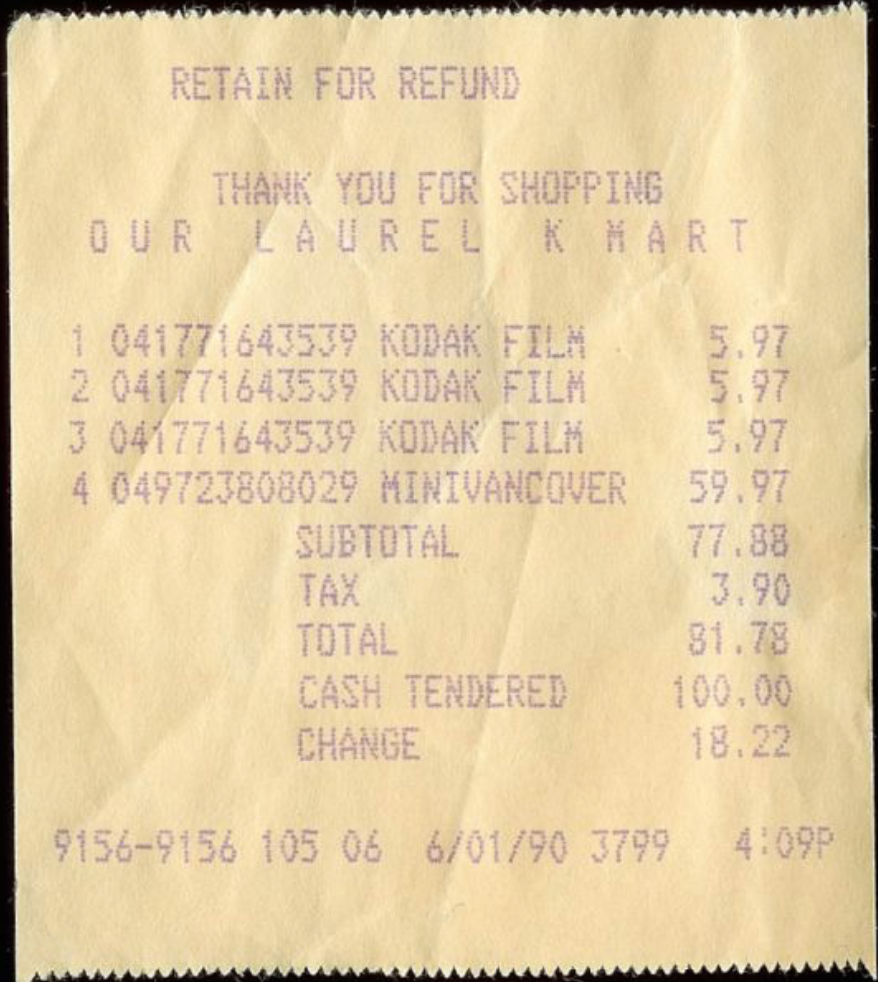
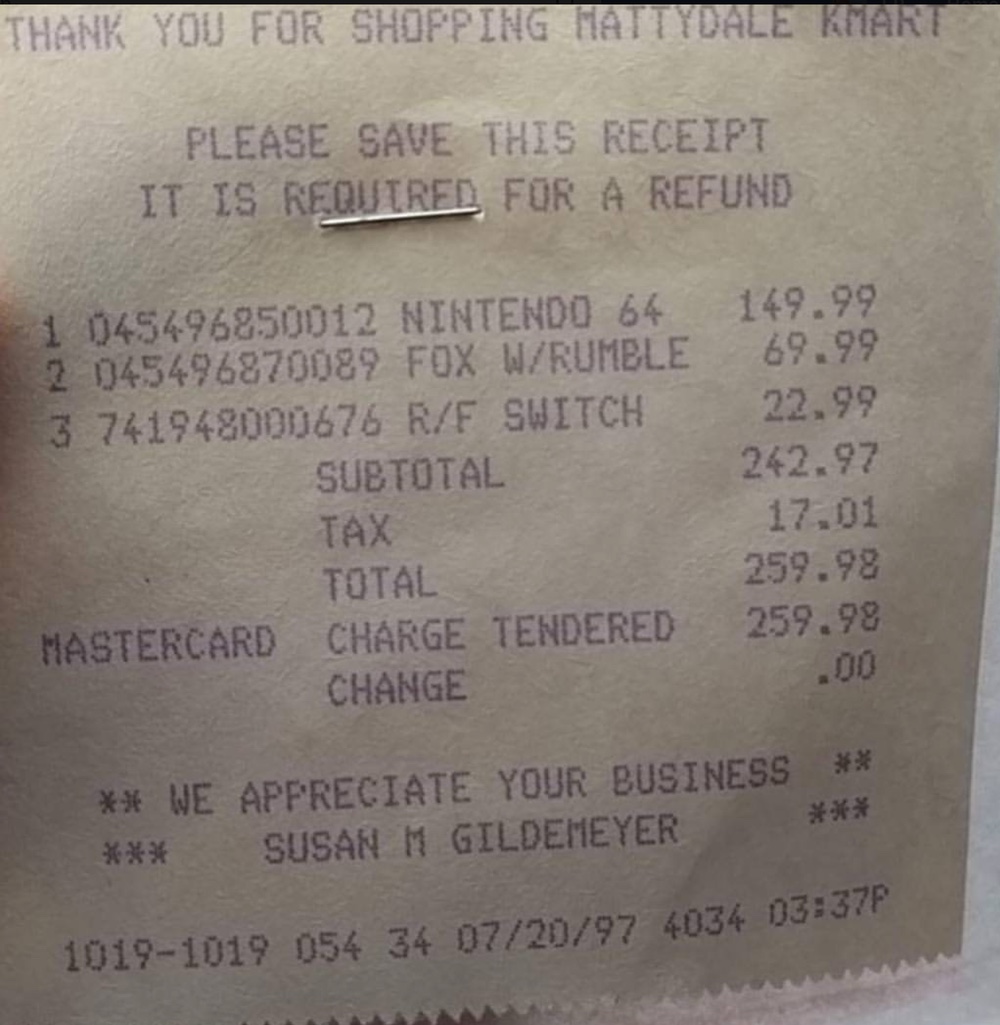
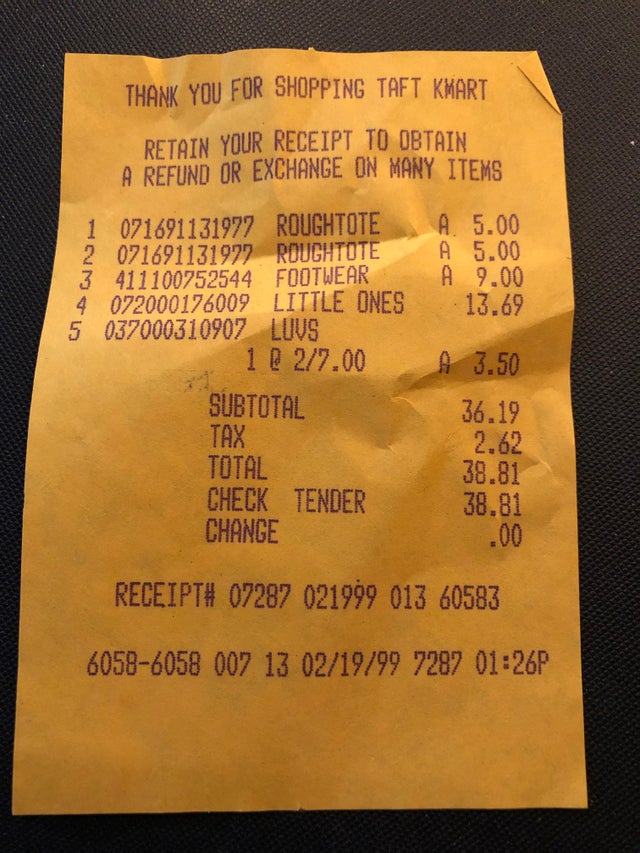
All three variations of these registers featured a 2×20 alphanumeric display and relatively the same keyboard layout (some function keys local to the functionality of the terminal were specific to the manufacturer). Fujitsu registers had indicator arrow lights in the margin of the display, IBM 4683s did not. I was in only one store that ran the IBM 3683 registers during this time and I only remember that it was apparent the registers behaved quite differently from any other IBM 3683s I had ever encountered. I was always fascinated with the fact that it was very apparent the same software was running across these differing platforms, as before the standardization of the IBM PC (and clones) platform and their use as store controllers in the back office, each point of sale solution would run proprietary software that had absolutely nothing in common across manufacturer’s platforms.
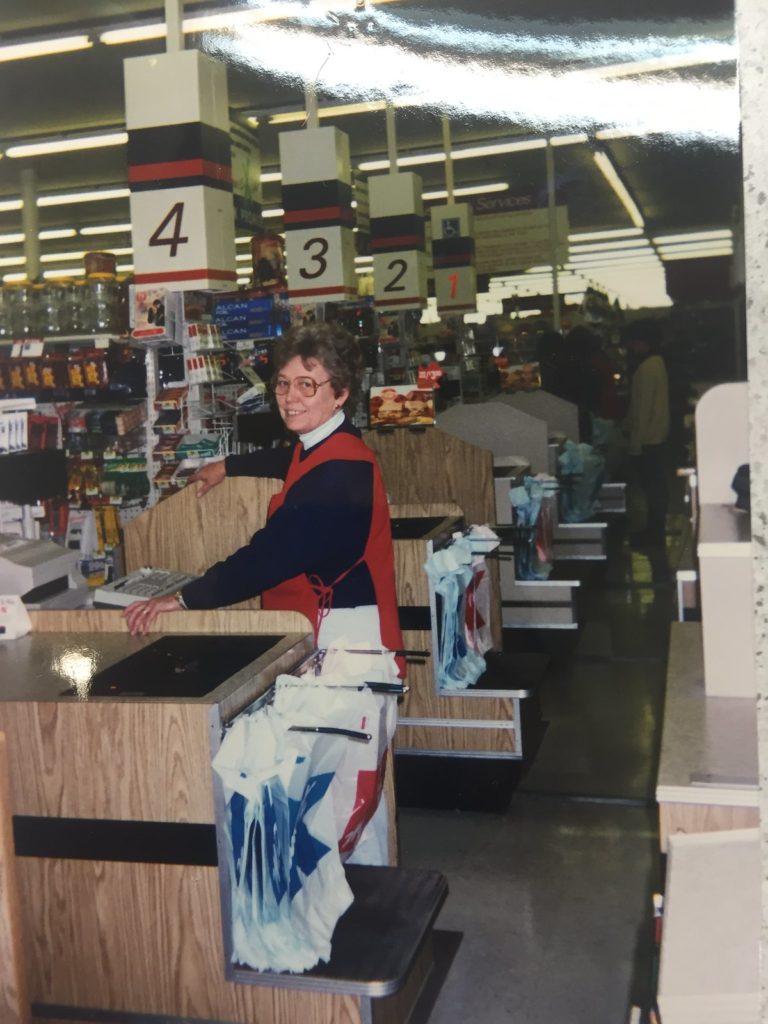
When Kmart added the “Super Kmart” format, with groceries and typical Kmart merchandise all in one very large location, the company decided to go with a different IBM-based solution. It looked to be a variation of IBM’s Supermarket Application, but before I speak more to that I need to do further research.
The IBM PC-AT with PSI software, or PRISM system, was used by Kmart well into the early 2000s. A very solid solution, I have used David Carlson’s philosophy in my approaches to software development over the years: “don’t buy products, invest in architecture”.
